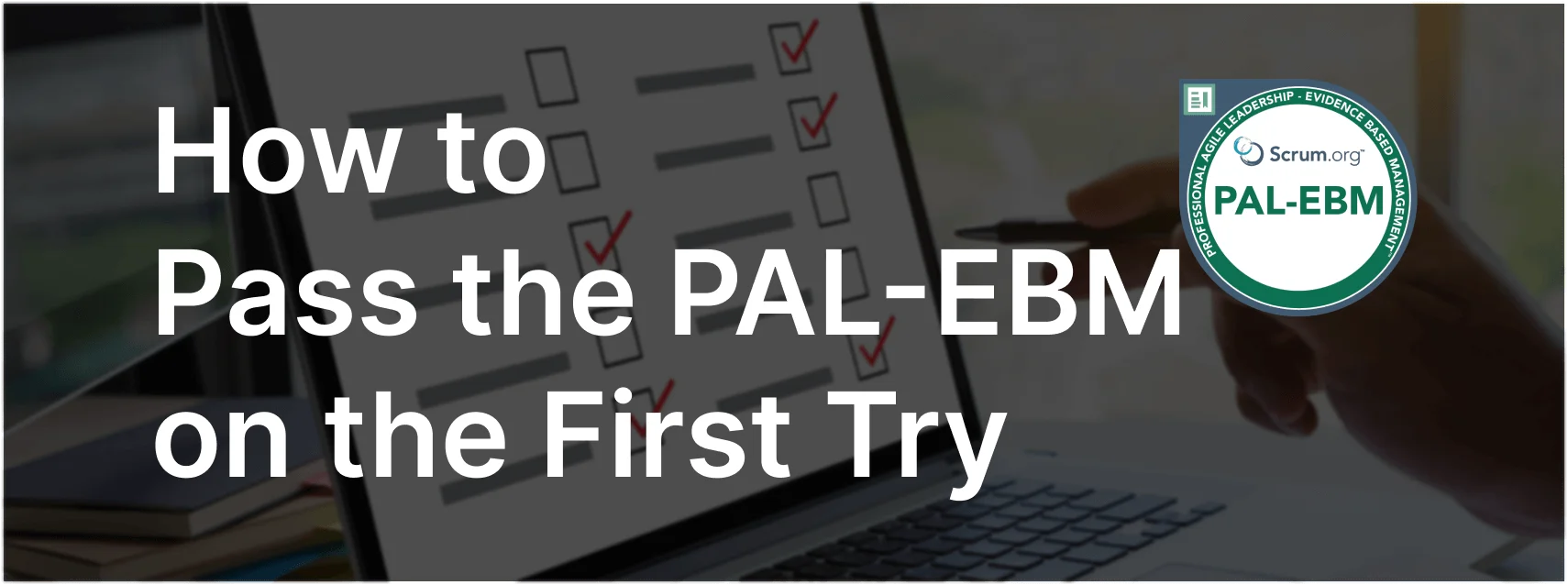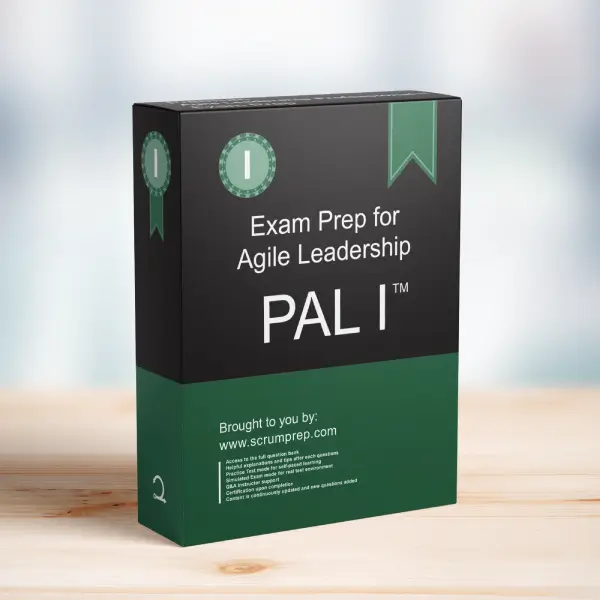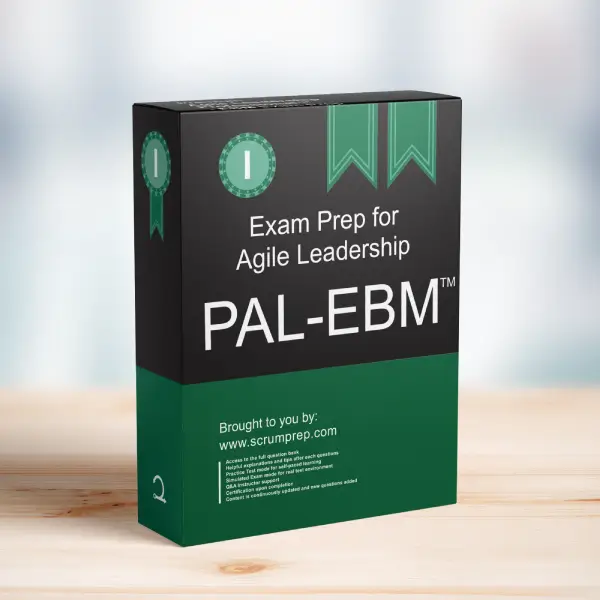Goal Setting in Agile Organizations
In Agile organizations, goals are not restricted to being set only during the annual planning cycle. This flexibility allows for continuous adaptation and alignment with changing market conditions and organizational priorities.
Exam Question
True or False: Goals are set only during the annual planning cycle.
A. True
B. False
Correct Answer
B. False
Explanation
Correct Answer
B. False:
In Agile organizations, goals are set and adjusted continuously rather than being confined to an annual planning cycle. This approach ensures that goals remain relevant and aligned with the current business environment and market needs. An agile approach emphasizes flexibility and responsiveness, allowing organizations to adapt their goals based on real-time feedback and evolving priorities.
Benefits of Continuous Goal Setting
- Adaptability: Continuous goal setting allows organizations to respond quickly to changes in the market or business environment.
- Alignment: Regularly revisiting and adjusting goals ensures that all teams and initiatives remain aligned with the organization’s strategic direction.
- Improved Focus: Frequent goal reviews help maintain focus on the most critical objectives, avoiding unnecessary distractions.
- Enhanced Performance: Continuous alignment with current priorities can lead to better performance and achievement of business outcomes.
EBM Framework Insights
- Current Value (CV): Regularly updated goals help ensure that the organization is consistently delivering value to customers.
- Unrealized Value (UV): Adjusting goals based on market feedback can identify new opportunities for future value.
- Ability to Innovate (A2I): Continuous goal setting fosters an environment of ongoing innovation and improvement.
- Time to Market (T2M): Flexible goal setting can accelerate time to market by ensuring that efforts are focused on the most relevant and impactful objectives.
Relevance to the PAL-EBM Exam
Understanding the importance of continuous goal setting is crucial for the PAL-EBM exam. This knowledge demonstrates an ability to apply Agile principles to enhance organizational responsiveness and value delivery.
Key Takeaways
- Goals should be set and adjusted continuously, not just during an annual planning cycle.
- Continuous goal setting enhances adaptability, alignment, focus, and performance.
- Agile organizations benefit from regularly updating goals to stay aligned with market needs and business priorities.
- The EBM framework supports continuous improvement and value delivery through flexible goal setting.
Conclusion
In Agile organizations, goals are not confined to an annual planning cycle but are set and adjusted continuously to remain aligned with current business needs and market conditions. This approach ensures that the organization can respond quickly to changes and maintain a focus on delivering value. For more information on preparing for the PAL-EBM exam, visit our Professional Agile Leadership PAL-EBM™ Exam Prep.





